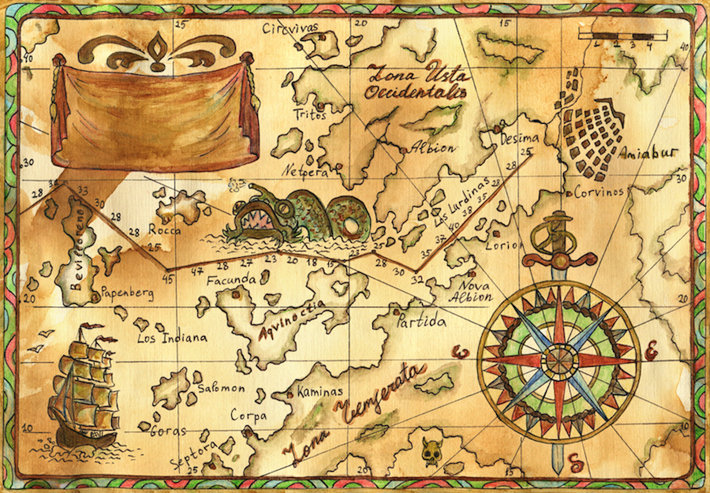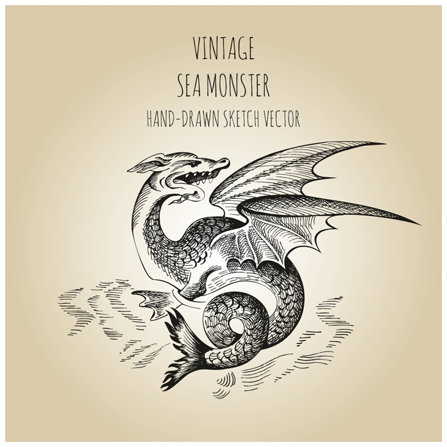
-
HOME
-
WHAT IS STANDOur Mission Our Values Our Help Contact
-
WHAT WE FIGHT FORReligious Freedom Religious Literacy Equality & Human Rights Inclusion & Respect Free Speech Responsible Journalism Corporate Accountability
-
RESOURCESExpert Studies Landmark Decisions White Papers FAQs David Miscavige Religious Freedom Resource Center Freedom of Religion & Human Rights Topic Index Priest-Penitent Privilege Islamophobia
-
HATE MONITORBiased Media Propagandists Hatemongers False Experts Hate Monitor Blog
-
NEWSROOMNews Media Watch Videos Blog
-
TAKE ACTIONCombat Hate & Discrimination Champion Freedom of Religion Demand Accountability
Bigotry 101: Beware of Dragons

“Stay away from that” warned my history professor, glaring at the book in my bag.
“I’m serious.”
“It’s… dangerous!”
These long-forgotten words came back to me recently while reading about the discovery of the oldest known map to depict Mundus Novus, the New World.
Fabricated in 1504 from the bottom halves of ostrich eggs, this grapefruit-sized globe bears a warning not unlike that of my professor’s:
“HC SVNT DRACONES”
Translated from the Latin:
Here Be Dragons.
Really?

Dragons, along the coast of East Asia?
Just imagine our cartographer for a moment, seated in his Florentine workshop, surrounded by his maps, charts and travel accounts, attempting to plot the far side of his world by the light of an oil lamp.
As was his practice, and that of ancient and medieval mapmakers before him, he embellished his maps and charts with dragons, serpents and all manner of fearful creatures real or imagined, perchance attacking a ship and dragging its sailors into the sea.
At best they were meant to signify the unknown, uncharted areas of our world.
Nevertheless, I saw my way past the dragon he attempted to draw on my map that day, resolving to look for myself.
At worst they were meant to discourage looking.
Contemplating the scowl that overruled his expression, or the volume of menace that overwhelmed his tone, I presume the latter was my professor’s intent.
Nevertheless, I saw my way past the dragon he attempted to draw on my map that day, resolving to look for myself.
And it did not take long before I knew one thing for a certainty: my life-tenured professor knew nothing of the object of his warning.
Oh, there were dragons all right. Only they were conjured from deep within his own mind.
Could he have only looked past them, as I did!
He might have discovered that their very answer was sitting before him in my bag.

For two thousand years monsters were drawn at the edges of maps—from Antiquity, up through the Dark Ages, the Middle Ages, the Renaissance and the Age of Exploration and Discovery, until the 18th century, when the Scientific Revolution culminated in the Age of Reason and Enlightenment, and all the monsters disappeared from the maps of Man, relegated to the overstuffed bin of superstition and curiosa.
Here be dragons?
I think not.
But there is such a thing as a Reactive Mind.
And if ever there was a bona fide dragon—that would be it.
And Dianetics: The Modern Science of Mental Health, the book my professor spotted in my bag that day, is what you need to slay it.









